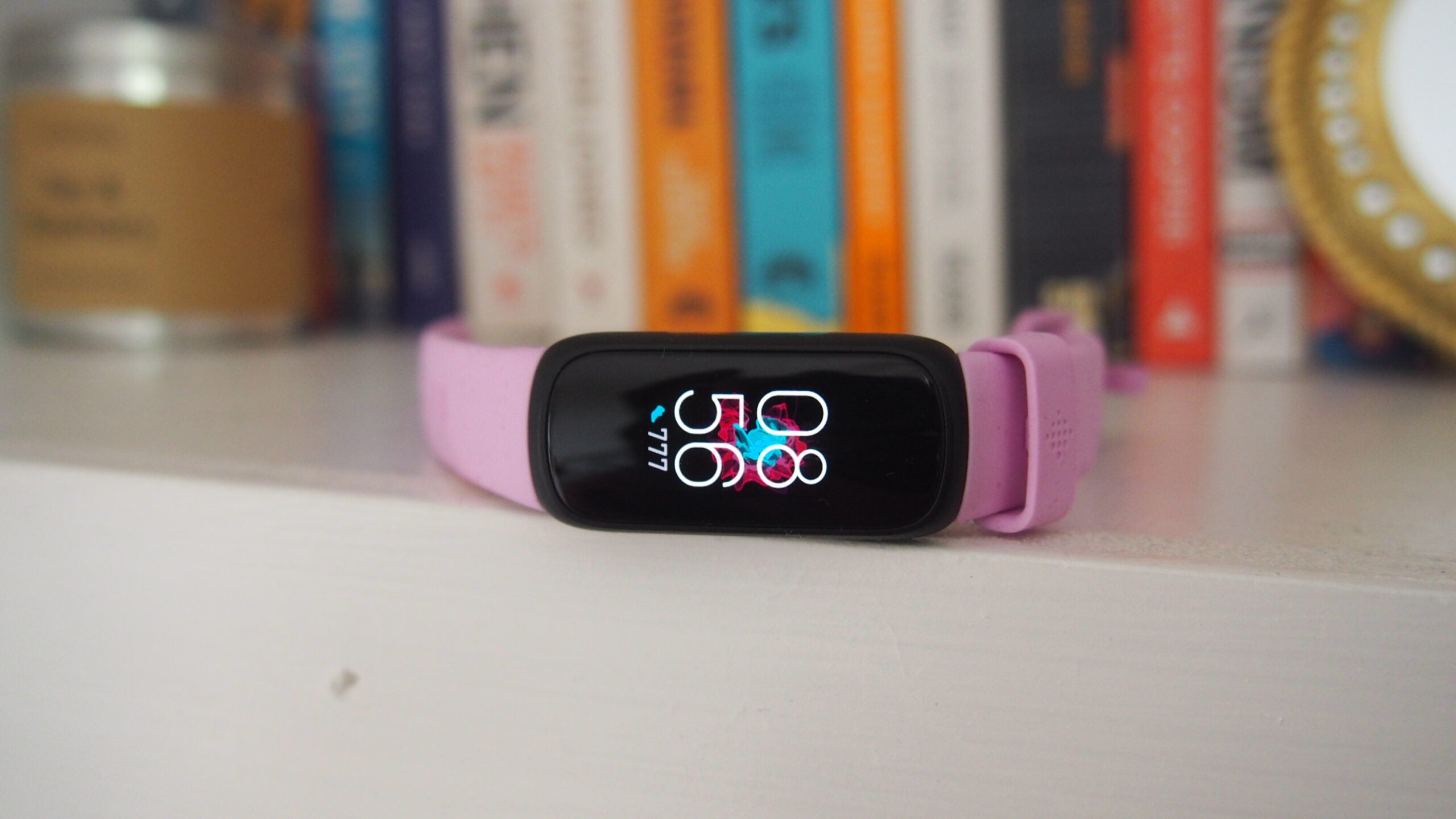What is a Heart Rate Zone? All you need to know

You might have seen references to heart rate zones when you’re out exercising with your fitness tracker. But what does it signify?
These days, smartwatches give us so much fitness feedback that it can almost be overwhelming trying to keep track of each of these metrics.
Heart rate zones are not present on all of the best fitness trackers, but they are an insightful metric into the level of exercise you’ve achieved when you’re reviewing your workouts.
Everything you need to know about Heart Rate Zones
Firstly, when you exercise your heart rate increases in order to pump blood around the body faster, because your muscles need more oxygen when they’re working out.
But if you work out just moderately then less oxygen is needed compared to when you’re pushing yourself to the limit; so the frequency of your heartrate is a good way to tell how hard you have worked out (the intensity), and whether it is at the optimum level or whether you’re under- or over-exerting yourself.
In order to classify the intensity of your exercise, there are five recognised heart rate zones, and they are all based on relative percentages of your maximum heartrate (HRmax). This limit can be estimated by subtracting your age in years from the number 220; so a 25 year old would have an estimated maximum heart rate of 195 beats per minute, while a 50 year old would have an estimated maximum heart rate of 170bpm. However, this is just a guideline rather than a foolproof calculation.

From there, you can work out the specifics of your heart rate zones:
- Zone 1, which is very light intensity, is 50% to 60% of your maximum heart rate.
- Zone 2, light intensity, is 60-70% of HRmax
- Zone 3, moderate intensity, is 70-80% of HRmax
- Zone 4, hard intensity, is 80-90% of HRMax
- Zone 5, maximum or extreme intensity, is 90-100% of HRMax
Each of these zones offers different benefits to, and makes different demands of, your fitness.
At the lower end of the spectrum, you’ll generally recover more quickly from your workouts and make moderate gains in your endurance, while further up the spectrum you may find exercise very tough and need a longer recovery time afterwards, but you could potentially make bigger fitness gains when included as part of a balanced workout.
Though the exact balance may depend on your preferred sport or athletic discipline, most people benefit from mixing up their workout – in terms of intensity and also duration. If you set a fitness plan on your wearable or smartphone, you may well find that it includes exercises of different intensities so that you work out across the spectrum of heart rate zones.








